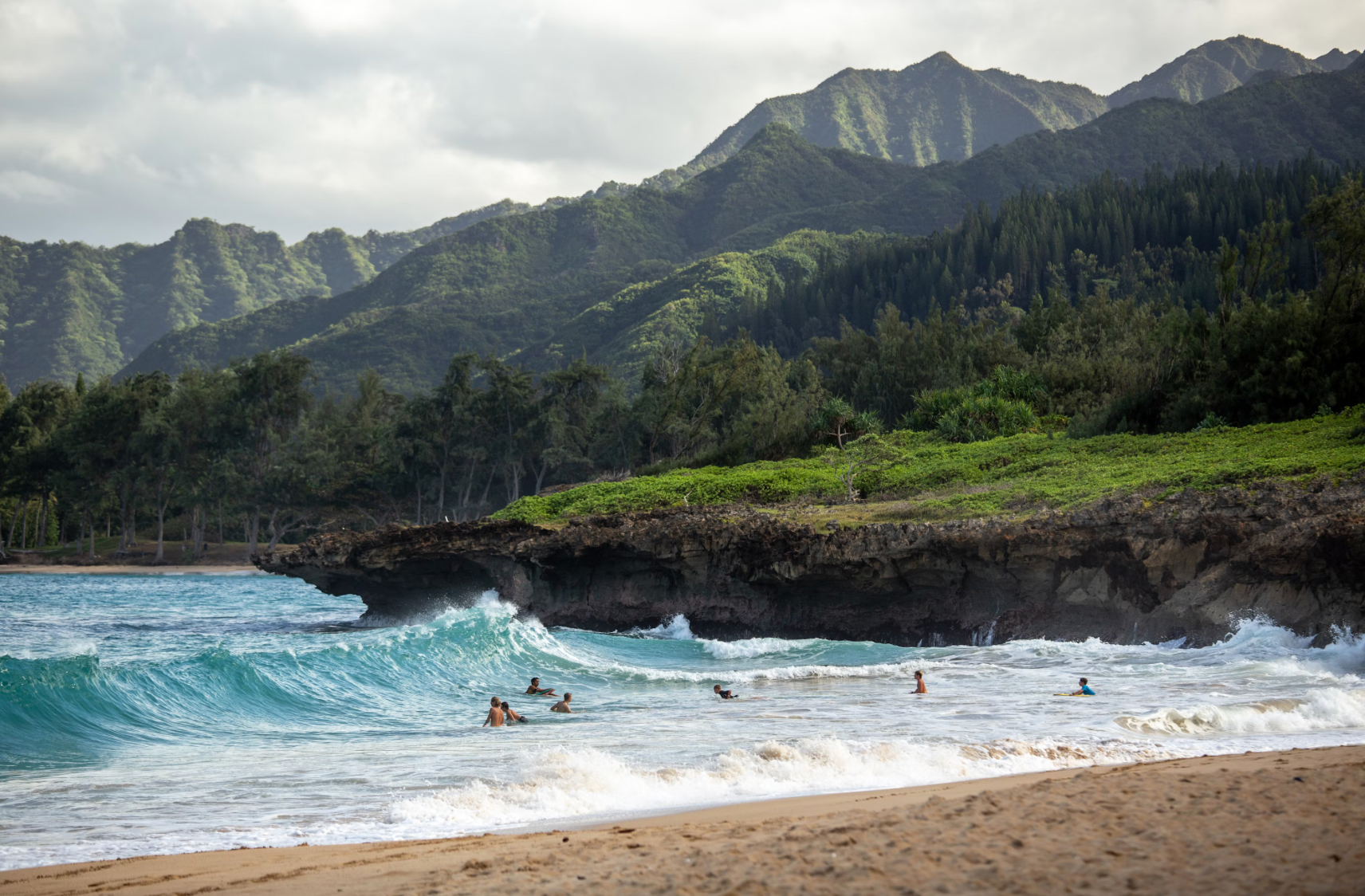Hawaii is a tropical paradise that is a collection of volcanic islands that are known for their stunning landscapes, rich culture, and diverse ecosystems. People go to Hawaii from all over the world to relax, have fun, and spend quality time with their loved ones. The state of Hawaii comprises eight islands, each with its own unique charm and attractions. In this article, we will provide you with an informative overview of these islands, including key features and actionable advice to visitors.
List of All the Hawaiian Islands:
- Hawaii (The Big Island)
- Oahu (The Gathering Place)
- Kahoolawe (The Target Isle)
- Kauai (The Garden Isle)
- Lanai (The Pineapple Isle)
- Maui (The Valley Isle)
- Molokai (The Friendly Isle)
- Niihau (The Forbidden Isle)
Info About All Eight Major Islands
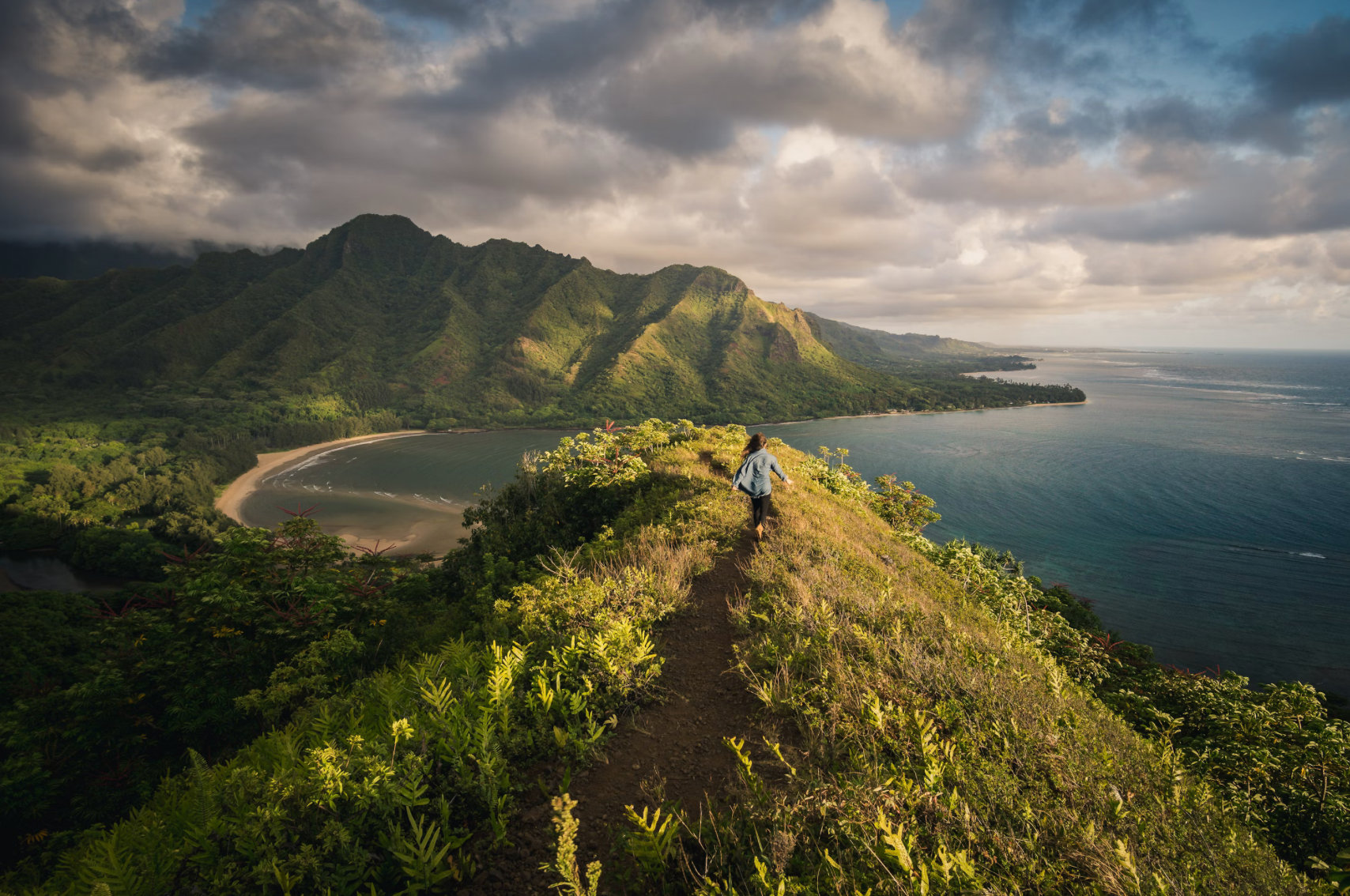
Hawaii (The Big Island)
The largest island in Hawaii, the Big Island (Island of Hawaii), is a whopping 4,000 square miles! It’s home to five volcanoes, including Mauna Kea and Kilauea, which are super active and a must-see for geology buffs as they offer breathtaking scenery.
The Big Island is also the youngest of the main Hawaiian islands. It was formed around 500,000 years ago through volcanic activity and continues to grow because of ongoing eruptions from Kilauea and Mauna Loa volcanoes. It is home to some of the most active volcanoes in the world, which have been erupting continuously since 1983.
Hawaii Volcanoes National Park, a UNESCO World Heritage Site, allows visitors to explore the volcanic landscapes and also witness real lava flows.
Mauna Kea is known for its observatories and stargazing opportunities because of its high elevation and clear skies.
The island is home to around 200,000 residents.
Key Attractions:
Hawaii Volcanoes National Park: Get up close and personal with active volcanoes and unique geological formations.
Mauna Kea: Stargazing here is out of this world! It’s home to some of the best observatories in the world.
Advice:
Book your visit to the Volcanoes National Park early, especially if you want to catch a lava flow.
Oahu (The Gathering Place)
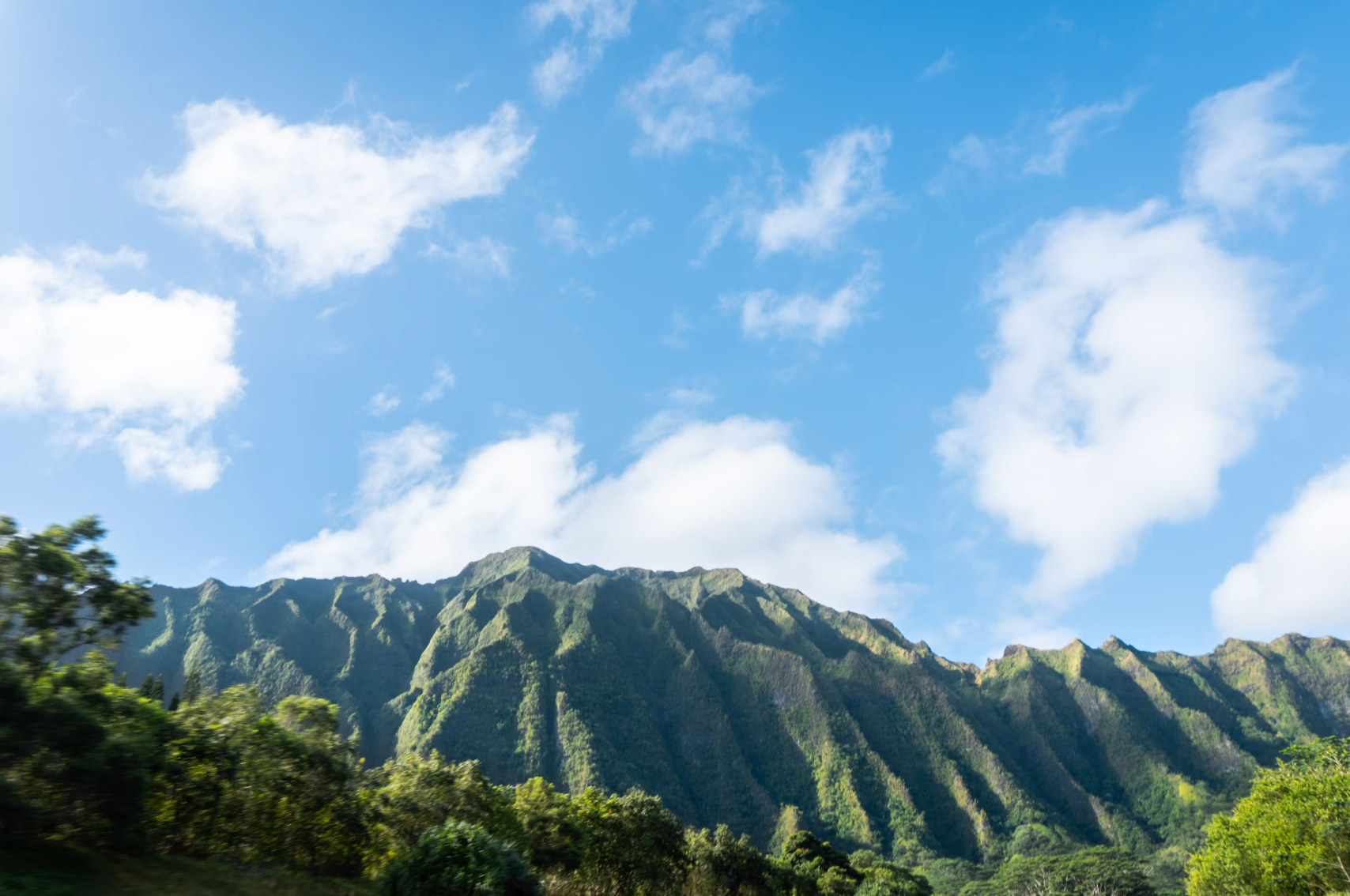
Out of the eight main islands, Oahu is the third largest island and has Honolulu, the capital of Hawaii. It’s a mix of cities and nature. It is approximately 597 square miles. It is the most populated island in Hawaii and has around 981,000 residents as per the latest census. This accounts for almost 2/3 of the entire population of Hawaii. Honolulu is the capital of the state and also the largest city in Hawaii. It serves as a major centre for tourism, education, and commerce in the state. The island was formed from two different volcanoes and features a very diverse landscape, which ranges from lush mountains to gorgeous beaches.
Getting around Oahu, especially on a scooter or a moped is a great way to see the island. You will be able to access parts that are otherwise inaccessible by cars. You can rent one for as low as $25. They are hassle free and fuel efficient as well!
Key Attractions:
Waikiki Beach: Surfing and nightlife, oh my!
Pearl Harbor: A place of historical significance, with memorials and museums to remember.
Diamond Head: An iconic volcanic crater that offers some of the best hiking trails on the island and panoramic views of Honolulu and the Pacific Ocean.
Advice:
Use public transportation or rent bikes to explore Oahu easily. Parking can be a hassle in busy areas like Waikiki.
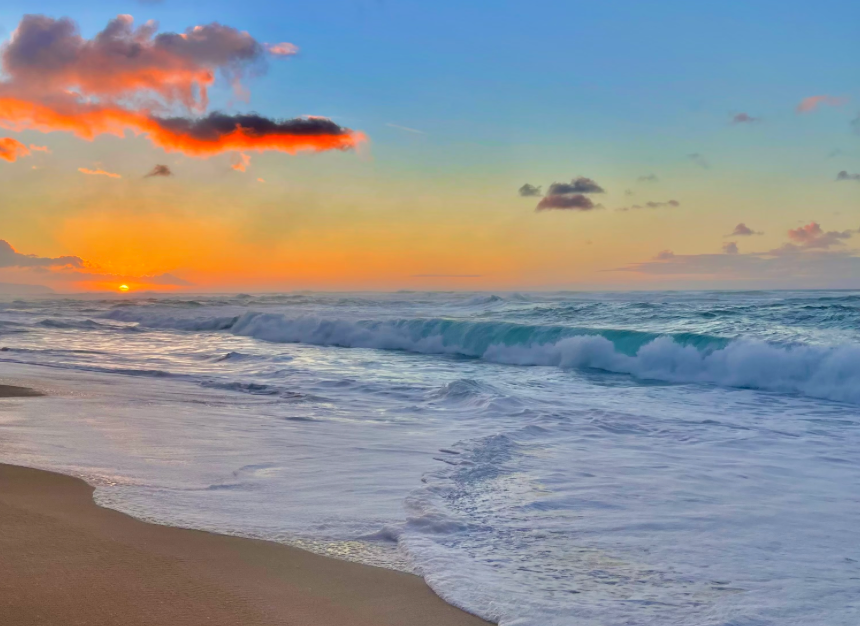
Kahoolawe (The Target Isle)
Kahoolawe is the smallest of the main islands and has a fascinating history. It was used by the military for training exercises, but now it’s uninhabited and access is limited. It is located about 12 miles off the southwestern coast of Maui and it is approximately 45 square miles in size.
It was settled by Polynesians around the year 1000. The island was initially used for agriculture and fishing, with small communities established along the coastline. The inhabitants cultivated crops, and they also created stone platforms for religious ceremonies.
Between the years of 1826 and 1853, the island served as a penal colony under Hawaiian monarchs.
The native Hawaiian community has been actively trying to reclaim Kahoolawe’s cultural heritage. Many traditional practices are being revived, including ceremonial gatherings that honour the significance of Hawaiian spirituality.
This island does not have any permanent residents.
Key Features:
Cultural Restoration: Efforts are being made to restore Kahoolawe’s natural beauty and cultural heritage.
Advice:
Visit only through organized tours that focus on cultural education and restoration efforts.
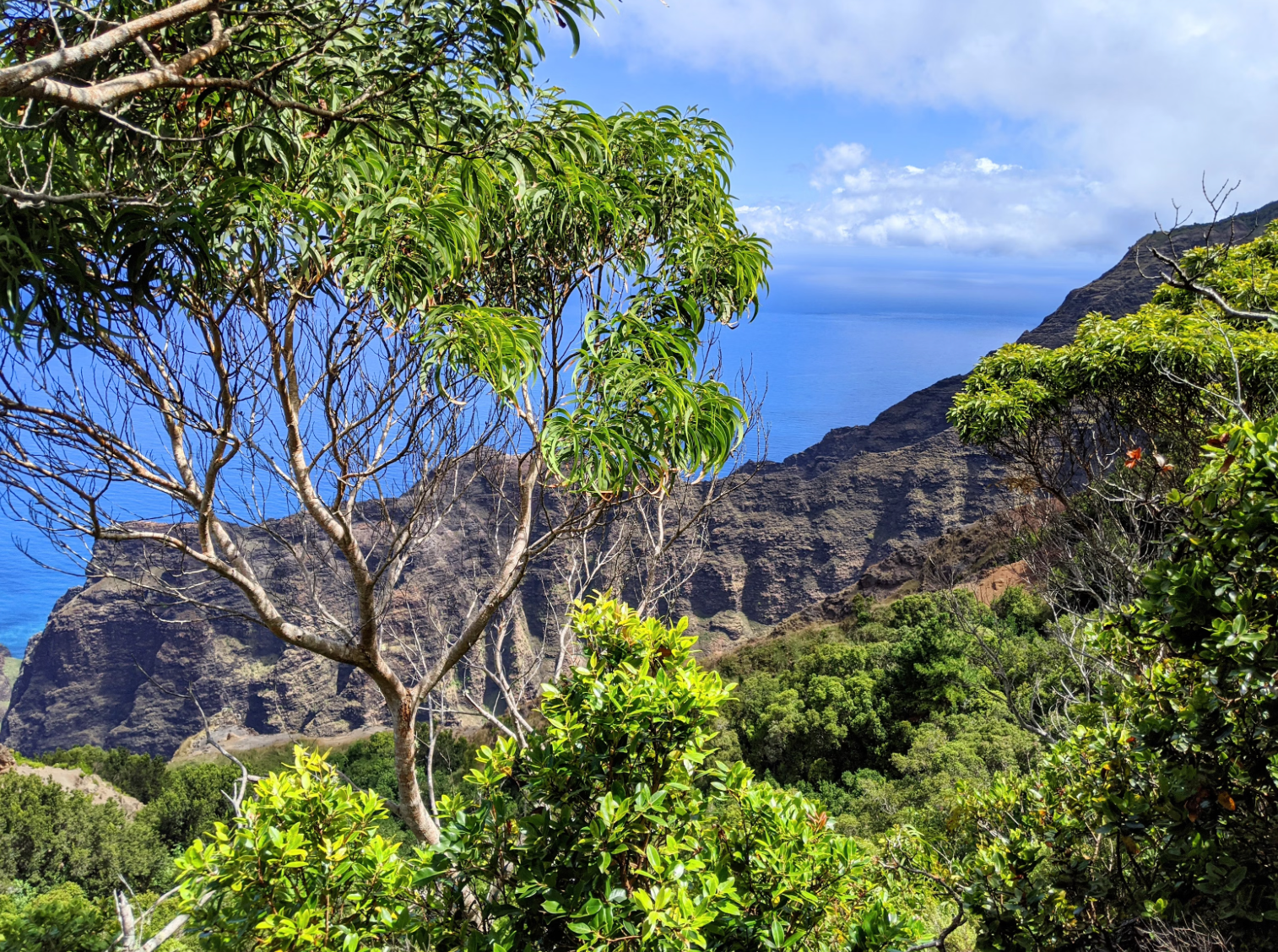
Kauai (The Garden Isle)
Kauai is known for its lush landscapes and natural beauty, earning it the nickname “The Garden Isle.” It’s got dramatic cliffs, waterfalls, and botanical gardens that will take your breath away.
It is the fourth largest island in Hawaii, and it is very popular because of its lush landscapes and abundant greenery. Its pristine beaches are also quite popular among people who visit Hawaii often.
Kauai has a population of around 73,000 residents.
Key Attractions:
Na Pali Coast: This rugged coastline is famous for its breathtaking views and can only be accessed by hiking or boat tours.
Waimea Canyon: Known as the “Grand Canyon of the Pacific,” Waimea Canyon is a must-see.
Snorkeling, hiking, and exploring the botanical gardens are some very popular activities that you can get up to. The island is also home to lots of unique wildlife and scenic waterfalls.
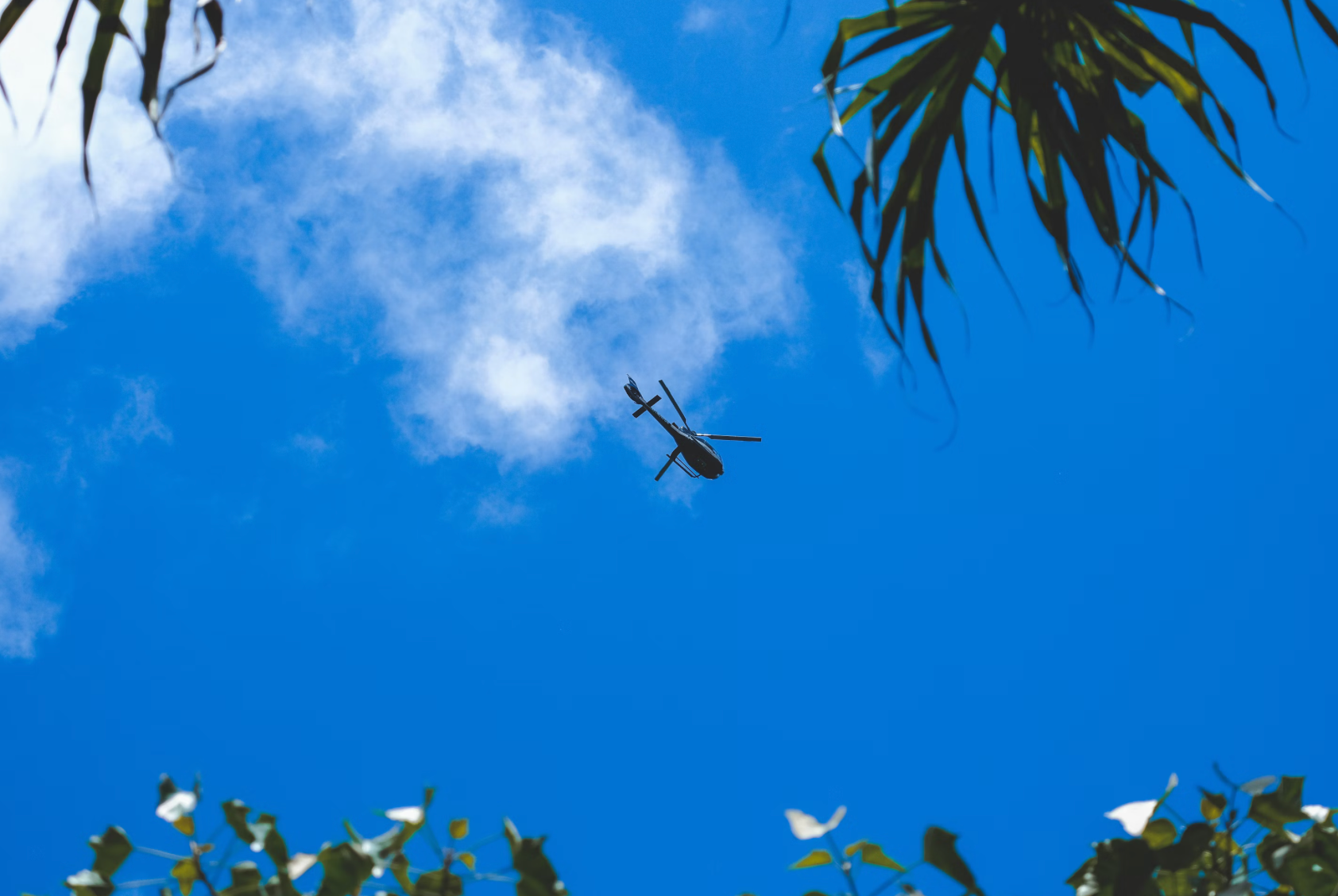
Advice:
Consider taking a helicopter tour for an aerial view of Kauai’s stunning landscapes.
Lanai (The Pineapple Isle)
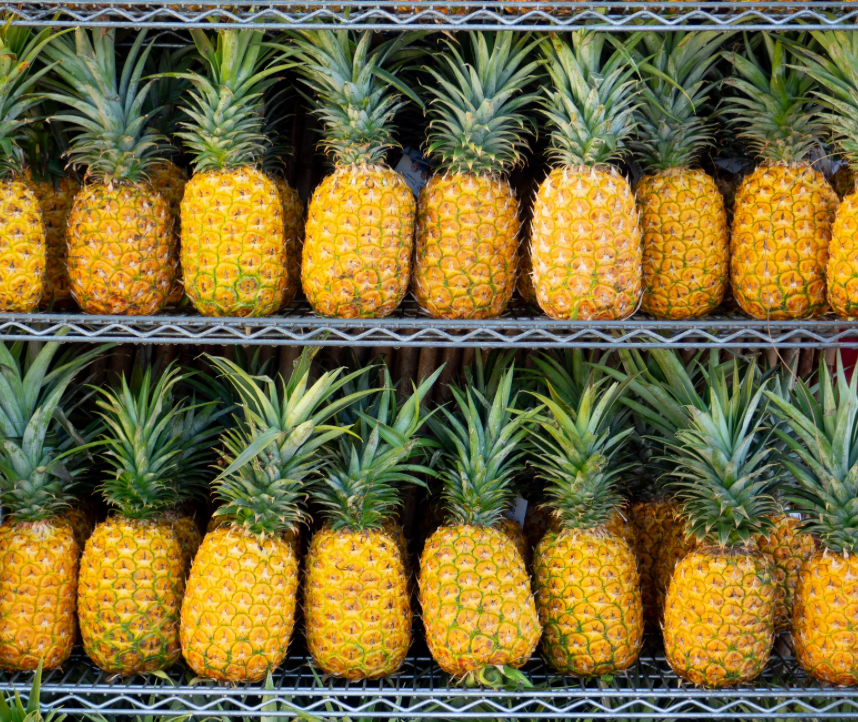
Lanai is the smallest of the main islands and is known for its lush greenery and pineapples! It’s a great place to relax and enjoy nature.
It is the sixth-largest Hawaiian island.
Lanai has around 3,300 permanent residents.
Key attractions:
Lanai used to be a major pineapple producer, but now it’s famous for its fancy resorts and secluded beaches.
Hulopoe Beach: A beautiful spot for swimming and snorkeling.
Lanai City is a charming place that offers a glimpse of local life with lots of eateries and shops.
It is perfect for off-road adventures, like hiking, exploring ancient Hawaiian petroglyphs.
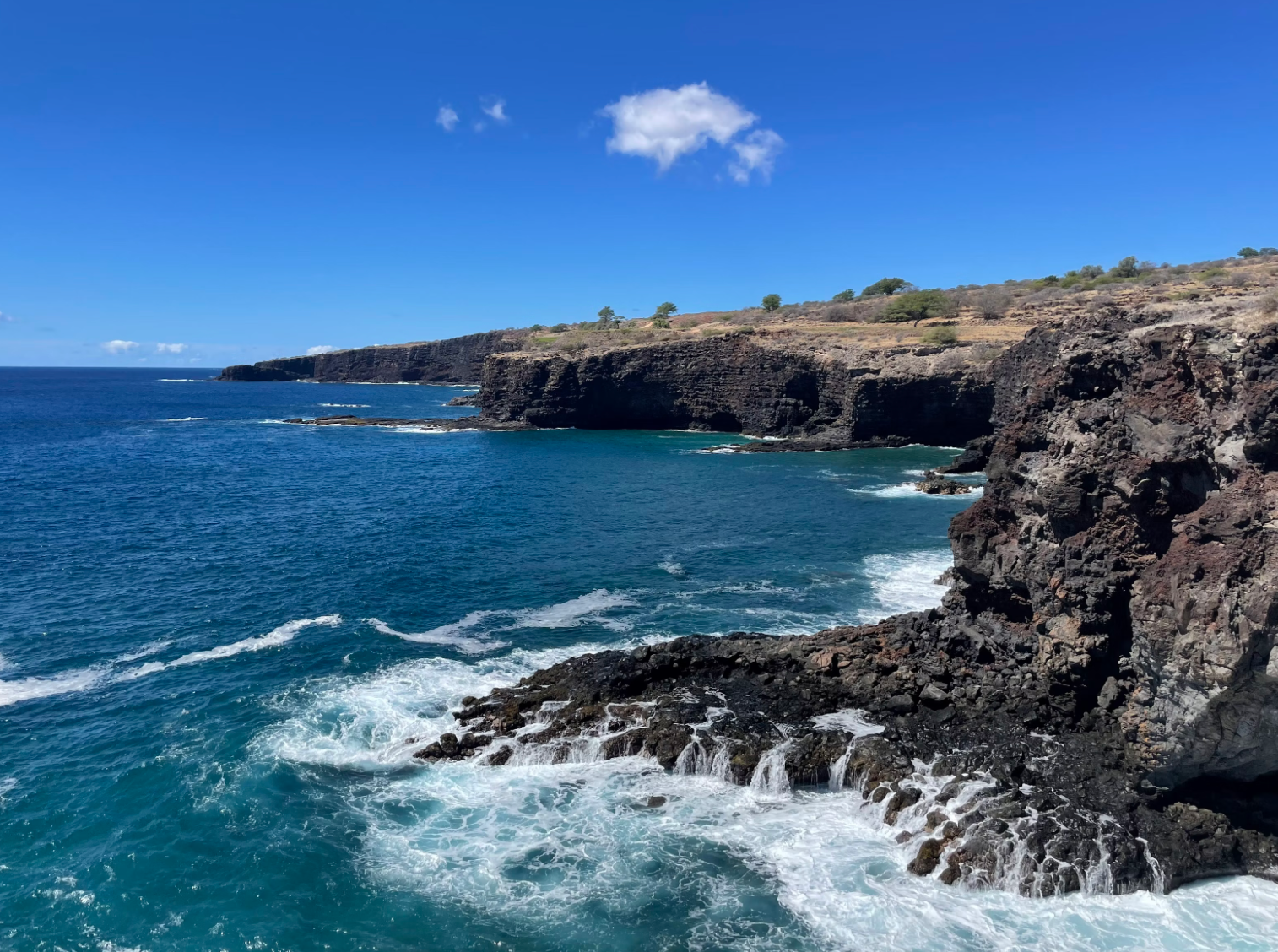
Maui (The Valley Isle)
Maui is known for its amazing beaches and lively culture. It’s called the Valley Isle because it’s between two mountain ranges.
It is the second-largest island in Hawaii, and it offers a mix of luxury resorts, outdoor activities, and beautiful beaches.
Key Attractions:
Haleakalā National Park: Famous for sunrise views from the top.
Road to Hana: A scenic drive with lots of waterfalls and pretty views.
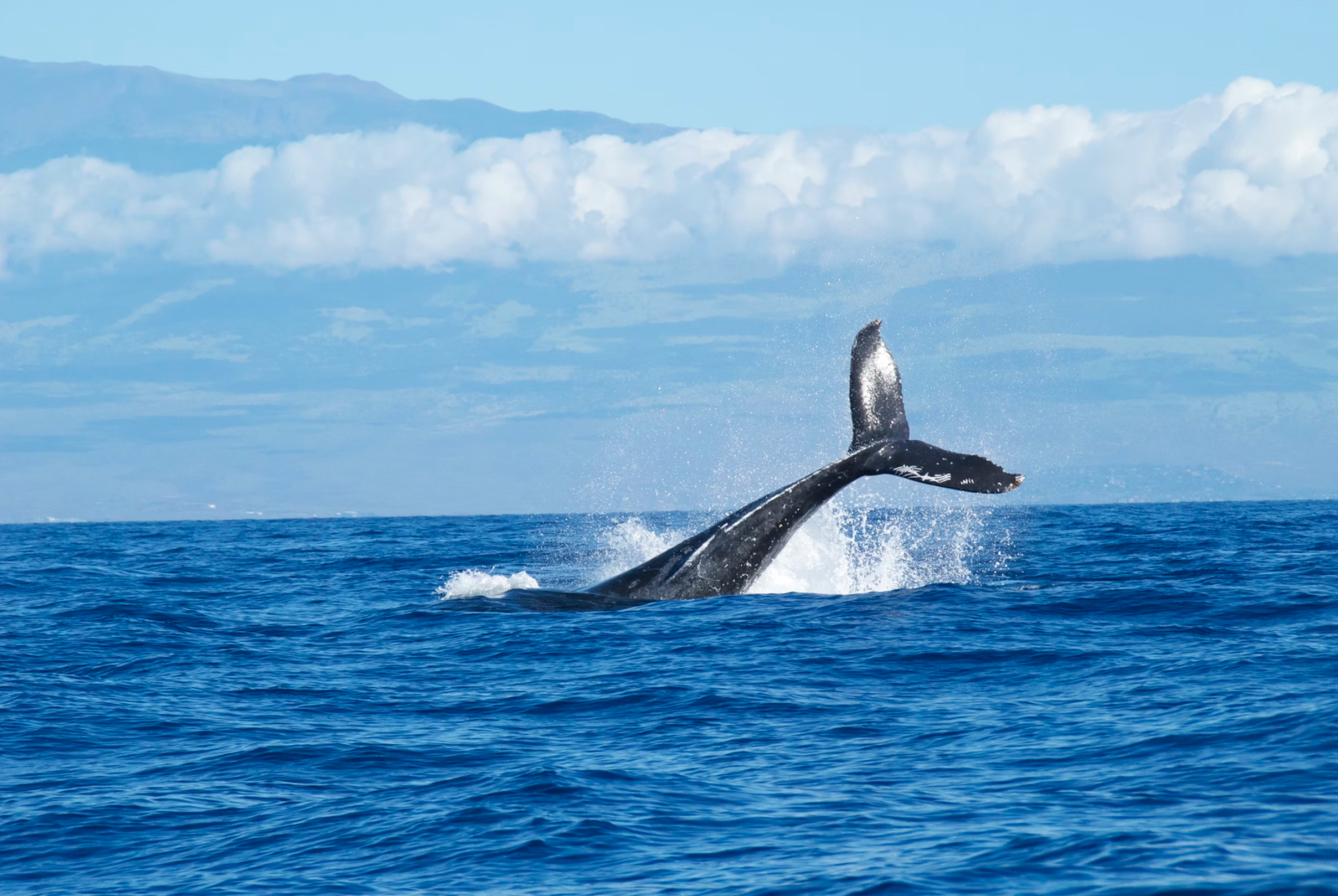
Approximately 154,000 people reside in Maui.
Maui offers many outdoor activities like surfing and snorkeling. Another popular activity is whale watching, especially during the migration season.
Advice:
Book your spot for sunrise at Haleakalā in advance to make sure you get a good view.
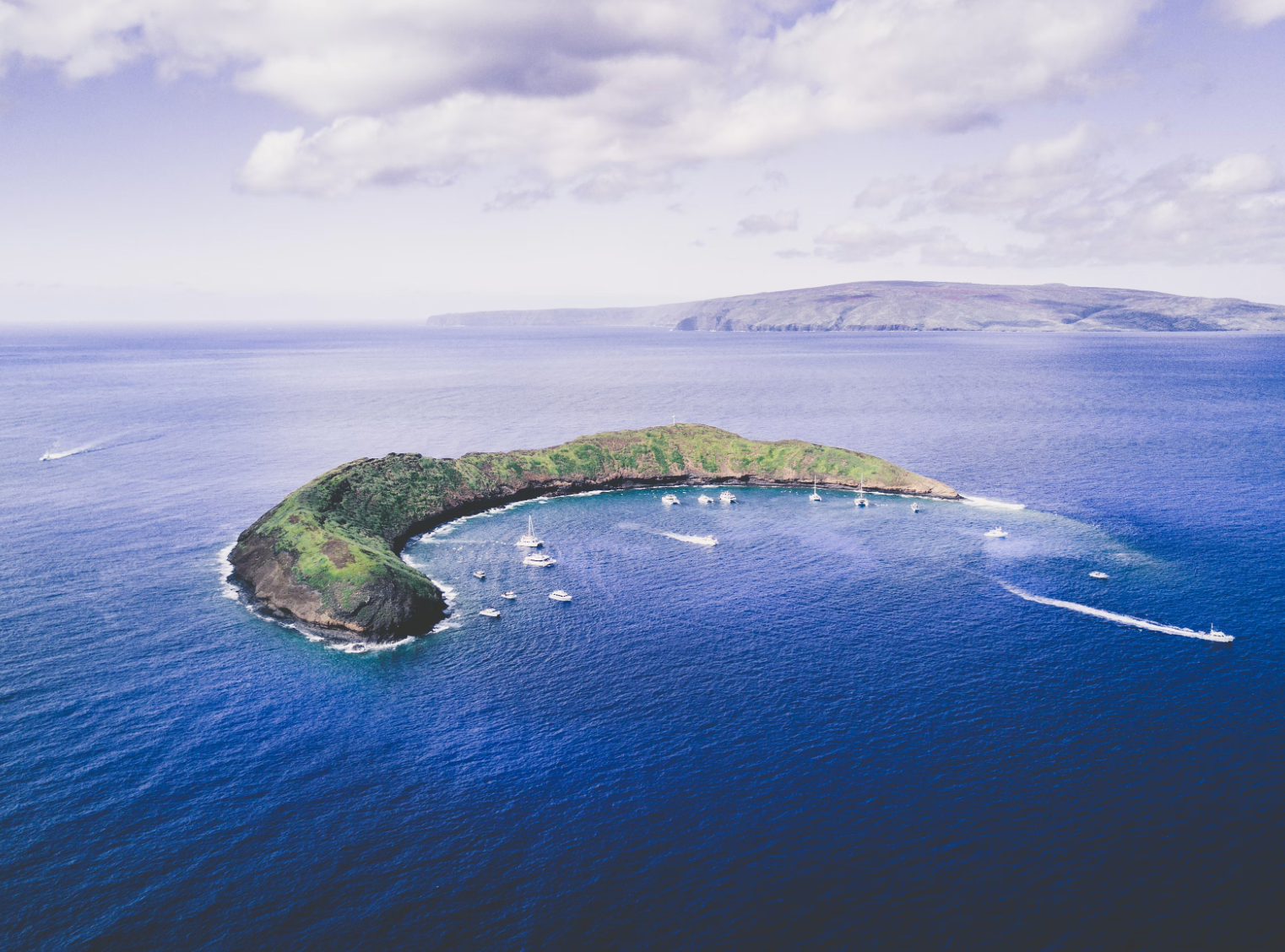
Molokai (The Friendly Isle)
Molokai has a lot of native Hawaiians and shows you what traditional Hawaiian life is like. It has a very welcoming community and a slower pace of life, compared to the other islands of Hawaii.
Around 7,400 people reside in Molokai.
Key Features:
Kalaupapa National Historical Park: A place that’s important for understanding how leprosy was treated in the past.
Halawa Valley: It is known for its rich cultural heritage and stunning waterfalls.
Visitors can engage in cultural tours, explore the island’s beauty, go on hikes, and more.
Advice:
Take a tour with a local that shows you Molokai’s cultural heritage.
Niihau (The Forbidden Isle)
Niihau is privately owned, and not many people live there. It’s known for keeping Hawaiian culture and language alive. It is also the smallest inhabited island in Hawaii. It remains largely untouched by modern development.
Only about 180 people live in Niihau permanently.
Key Features:
There aren’t many people living there, so it’s like stepping back in time.
The island is known for its preservation of traditional Hawaiian culture and language.
Access to the island is highly restricted, but guided tours may be available through special arrangements.
Advice:
Usually, you can only get to Niihau by taking a tour that the owners or special people have arranged.
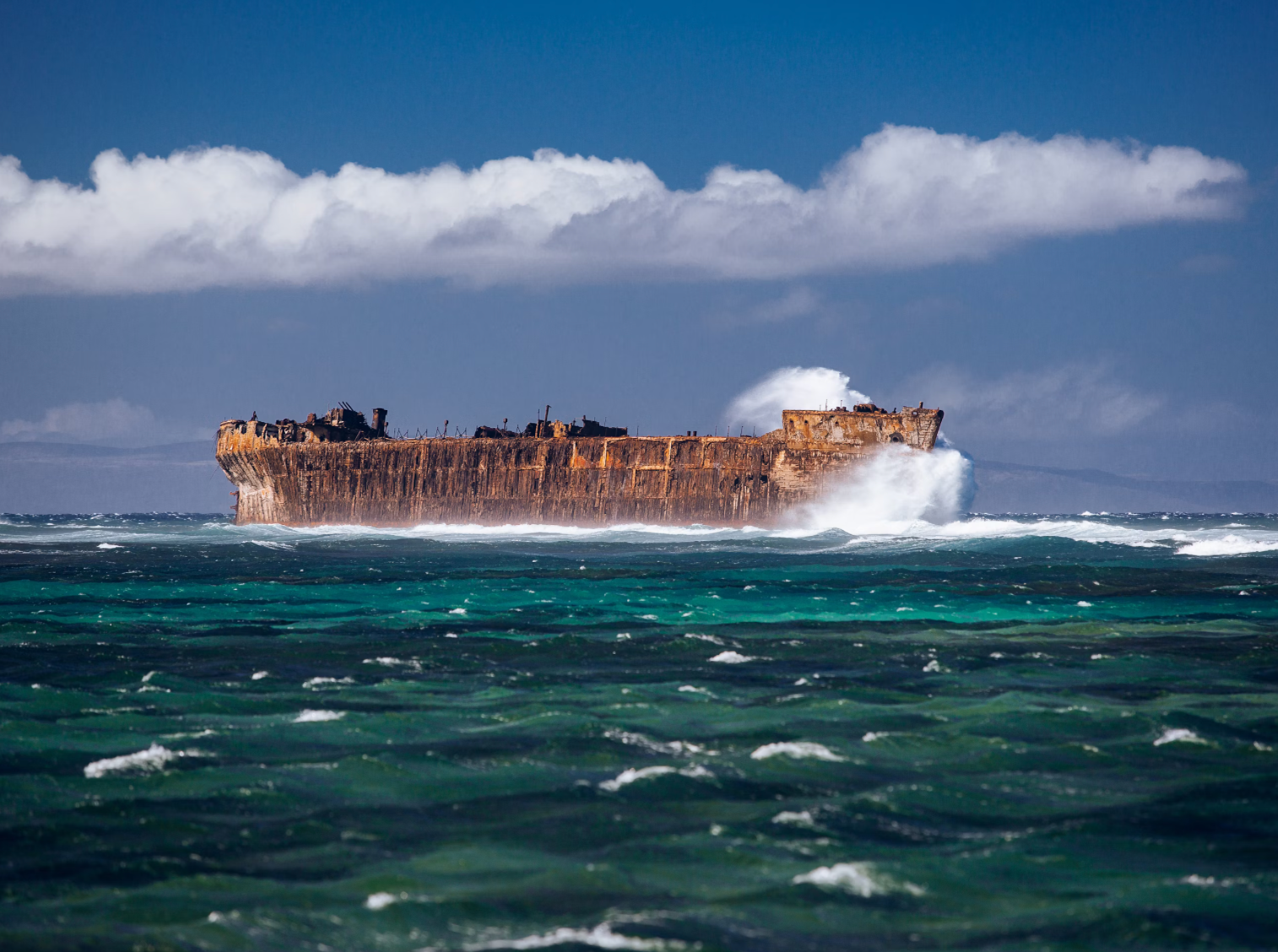
In conclusion, each Hawaiian island offers something different for everyone. Whether you’re an adventure seeker or just want to relax, you’ll find something to love in Hawaii. Just decide which islands you want to visit first, and consider flying or taking a ferry between them. But be aware that travel can take longer than expected because of security checks at airports.
By understanding what each island has to offer, you can create a memorable itinerary that captures the essence of Hawaii’s diverse landscapes and rich culture. Whether you’re hiking through lush forests on Kauai or relaxing on the beaches of Maui, Hawaii promises an unforgettable experience.
FAQs:
Can I live in Hawaii on $3000 a month?
Living in Hawaii on $3000 a month can be challenging because of the high cost of living, especially for housing and food. It is manageable with careful budgeting and shared accommodations.
How many Hawaiian islands are there total?
There are eight main Hawaiian islands as listed in the article. But, the state of Hawaii comprises 137 islands in total.

